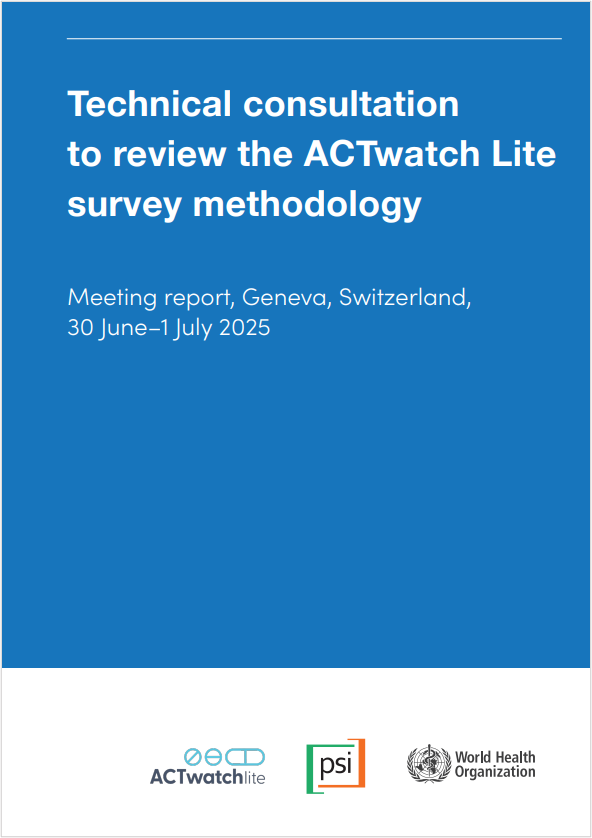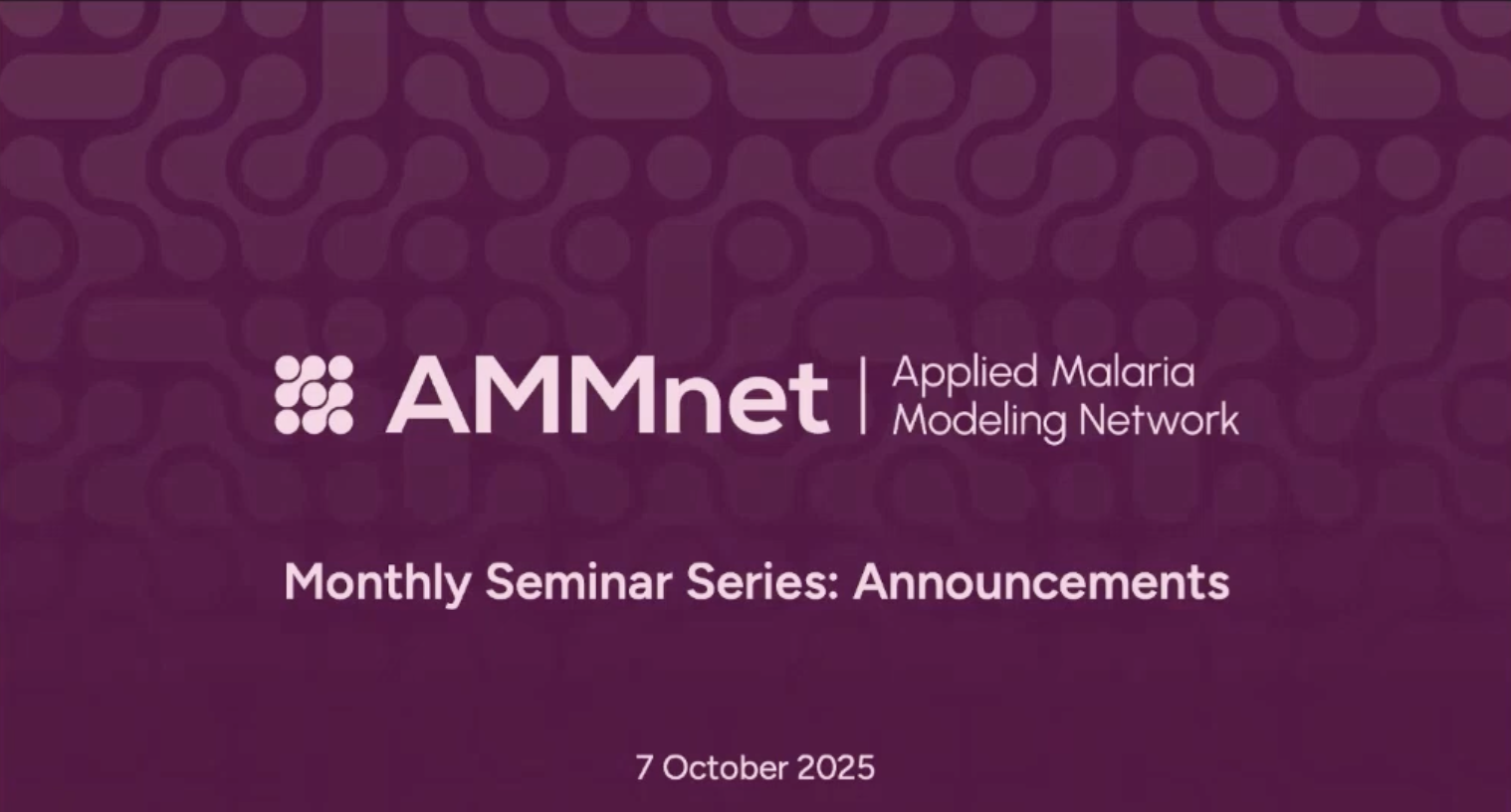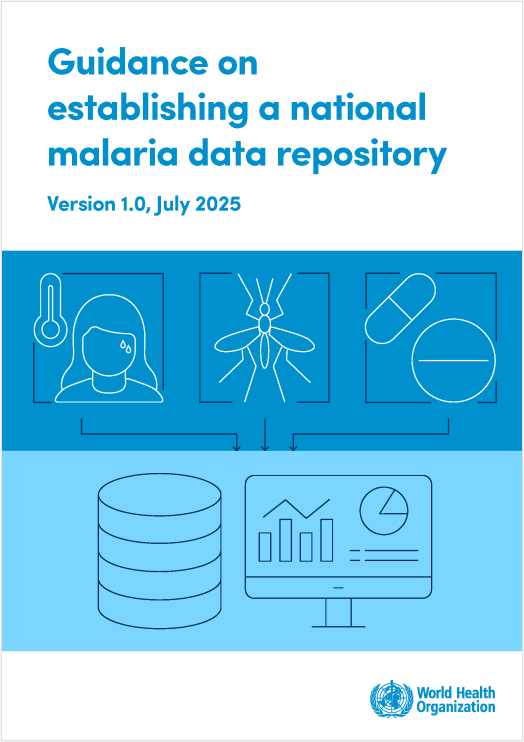Last Updated: 15/10/2014
Developing a rapid assessment tool to identify bottlenecks to malaria prevention for elimination
Objectives
- To determine why malaria morbidity has remained alarmingly high in an area with high coverage of effective interventions, using the efficacy decay framework to quantify barriers to effective prevention.
- To apply the lessons from phase 1 towards developing a tool that can generate local, timely information in a cost-effective manner to identify and address barriers to elimination.
Summary of findings:
Rationale: As malaria declines in response to control efforts, transmission is becoming more heterogeneous, populations are more susceptible to epidemics, and the need for local information is more acute. We have developed an evidence‐based rapid assessment tool that can be implemented at regular intervals (for example, in high transmission areas) or in response to local outbreaks (in low and epidemic prone areas). This will allow definition of locally relevant strategies to overcome the barriers to prevention. For example, if high prevalence of damaged and old ITNs is identified as the problem, distribution efforts can be scaled up locally perhaps incorporating a ‘trade‐in’ strategy. If ITNs are available, but are not being used consistently, then new ITNs are not necessary, but education interventions are of critical importance. Regular implementation of the rapid assessment tool can identify emerging problems and prompt early action.
Developing the tool: Based on our analysis of case‐control study data, we have developed a rapid assessment tool that captures the prevalence of key problems with ITN prevention of malaria. Based on data from our case control study, we have identified 12 primary surveillance components that encompass the major impediments to successful prevention. The tool can be used by community health workers (CHW). These components include checking for other sick family members, identifying larval habitats, and confirming consistent usage of available ITNs (Table 1 [in the findings summary]).
Implementing the tool: Twenty CHWs were trained on data collection with the rapid tool. CHWs identified laboratory‐confirmed malaria cases diagnosed at one of six health facilities and visited the patient at their home. Informed consent was obtained from all patients and households. 45 patients from each facility were interviewed. Sampling and analysis of the results of the survey are based on Lot Quality Assurance (LQA) methodology. LQA approach requires far fewer observations than traditional sampling approaches. Instead of estimating a population parameter with a pre-specified precision, it tests a sample against a threshold value and determines within a certain confidence whether that sample falls below the critical threshold. For example, we set the action threshold for percent of patients who do not sleep under the net every night and now have malaria is 20%; if the percent of patients with net non‐compliance is 20%, then compliance is determined to be a barrier to effective prevention. If we choose our critical value (D*) to be 4, then patients are visited until 5 are found with non‐compliance, or 44 households are visited, whichever comes first. If five patients are found to be non‐compliant in 44, then we reject the null hypothesis of <20% noncompliance and we assume that our population has exceeded the action threshold. We can be 95% sure that the true proportion does not exceed the action threshold if the number of cases does not exceed D* out of n. Table 1 [in the findings summary] shows the estimated action threshold for each indicator, the critical values D*, and n required to test whether our population exceeds the action threshold with 95% confidence.
Results: Variable importance was ranked using bivariate recursive partitioning methods. Key determinants of malaria infection in our study area using BRP are: net used every day, total positive symptomatic household members, total larval sites, open eaves, total positive asymptomatic household members, non porous walls, growing grains, growing bananas, neighborhood bednet, and local population density, growing tubers, and the number of other household members. For this tool, we selected only household indicators. We excluded nonporous walls since this was highly collinear with open eaves. It was not feasible to test people for malaria during a rapid assessment, so we asked whether other household members had similar symptoms as a proxy measure. These variables were combined to create the rapid assessment tool. The action thresholds were selected based on the difference between these indicators in the case and control children (Table 1 [in the findings summary]). We did not define action thresholds for open eaves and crops grown since these would be difficult to change, but we included them in the tool in order to measure the local heterogeneity in these risk factors.
Households of 270 patients with parasitologically‐confirmed malaria, 45 from each health center, were visited at home and interviewed by CHWs using the rapid assessment tool. Each indicator was scored as 0 (pass) or 1 (fail) for each household and the total ‘failures’ were tallied for each health center. The total failures were compared against our LQA criteria. Overall, the LQA criteria appeared too stringent as every health center met the action threshold for nearly every indicator. In other words, the tool identified every health center as exceeding our pre‐defined action threshold for problems with ITN coverage, ITN use, ITN condition, open eaves, larval sites and presence of crops that are correlated with mosquito survival. However, the tool did describe important heterogeneity between geographic areas in each of the indicators (Figure 1 [in the findings summary]). ITN compliance by the patient ranged from 50‐91%. Near Mukhe dispensary, more than 90% of patients and their households had perfect ITN coverage and adherence, but virtually all homes also had active larval sites. By contrast, less than 5% of homes around Kayaya had active larval sites, although household ITN coverage and use was very low.
In short, this tool was able to describe fine‐scale heterogeneity in factors that have been shown to contribute to persistent malaria burden. Based on the results, we plan to revise the tool and the action thresholds.
Development and validation of a rapid assessment tool for malaria preventionWhat Is Threatening the Effectiveness of Insecticide-Treated Bednets? A Case-Control Study of Environmental, Behavioral, and Physical Factors Associated with Prevention FailureNature Comms, 2019: High-resolution micro-epidemiology of parasite spatial and temporal dynamics in a high malaria transmission setting in Kenya
Jan 2013 — Dec 2014
$197,345


